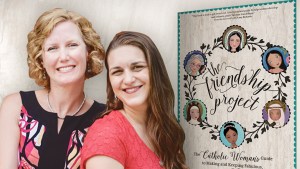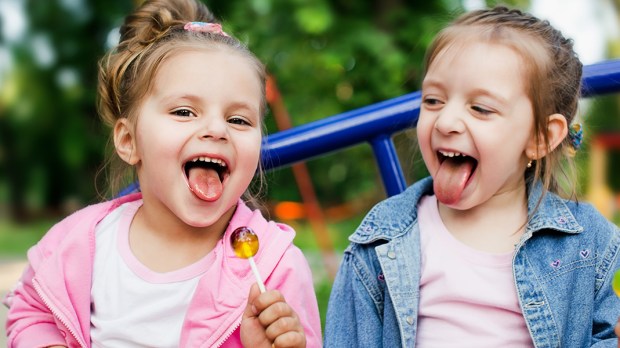As an outgoing person, I’ve always made friends pretty easily. I vividly remember the first three weeks of my freshman year in college as a time when I struggled mightily to find my tribe … for three whole weeks.
But those weeks seemed eternal. I kept finding excuses to come home and do more laundry until my mom told me I had to stay at school and make friends. I did, reluctantly. And lo and behold, a few days later I met my people. I knew it right away — we just clicked.
As an adult, the struggle to make friends is usually not about actually forming the friendships. It’s meeting the right people and finding the time to invest in building a relationship. But as I have watched my kids grow up and helped coach them through the world of social interaction, I’ve realized how much I’ve taken my ability to make friends for granted.
It doesn’t come that easily to everyone and the advice adults tend to give can often be less than helpful. That’s why UC psychologist Dr. Elizabeth Laugeson created a program for kids with social challenges like autism that distills the intuitive way we make friends into a step-by-step process.
“We want to teach to the way that [people with autism] think. What works? Concrete rules and steps,” Laugeson explains.
Most people pick up on social cues, like body language and facial expressions, quite naturally. But many people with autism struggle with abstract thinking. Concrete communication works best for many, according to the Indiana Research Center for Autism.
That’s why, Laugeson explains, the first step is actually about learning to listen before jumping in.
“The first step is that you’d watch the conversation and kind of listen to the conversation,” she explains.
This is pretty brilliant, and works for younger neurotypical kids too. I mean, I’ve told my kids for years, “just go say hi and introduce yourself!” And with my older ones, they get it. They don’t barrel into the middle of a conversation, they hang around the periphery for a minute until there’s an opening.
But my newly-5-year-old says, “Hi, I’m Lincoln!” to whoever looks interesting to him, whether it be the person behind us at the grocery store or the Trader Joe’s employee waiting patiently for us to finish in the bathroom. It’s funny because he’s 5 and I know he’ll figure out the nuances of social interaction at some point, but why not help him out?
For kids who struggle to pick up on body language and unspoken cues, advice like “just go introduce yourself” can actually backfire. I’ve seen it happen, and it hurts to see the way neurotypical kids respond to other kids with autism or ADHD. Even when the kids recover from the initial shock and are friendly, that first reception is hard to miss.
That’s why Laugeson’s program is so brilliant. It’s simple, clear, easy-to follow, and can help provide kids who need it most with the best mental health medicine available: friendship.

Read more:
“The Friendship Project”: Going beyond the virtual to find real friends-in-faith

